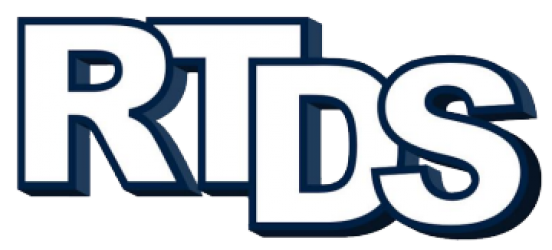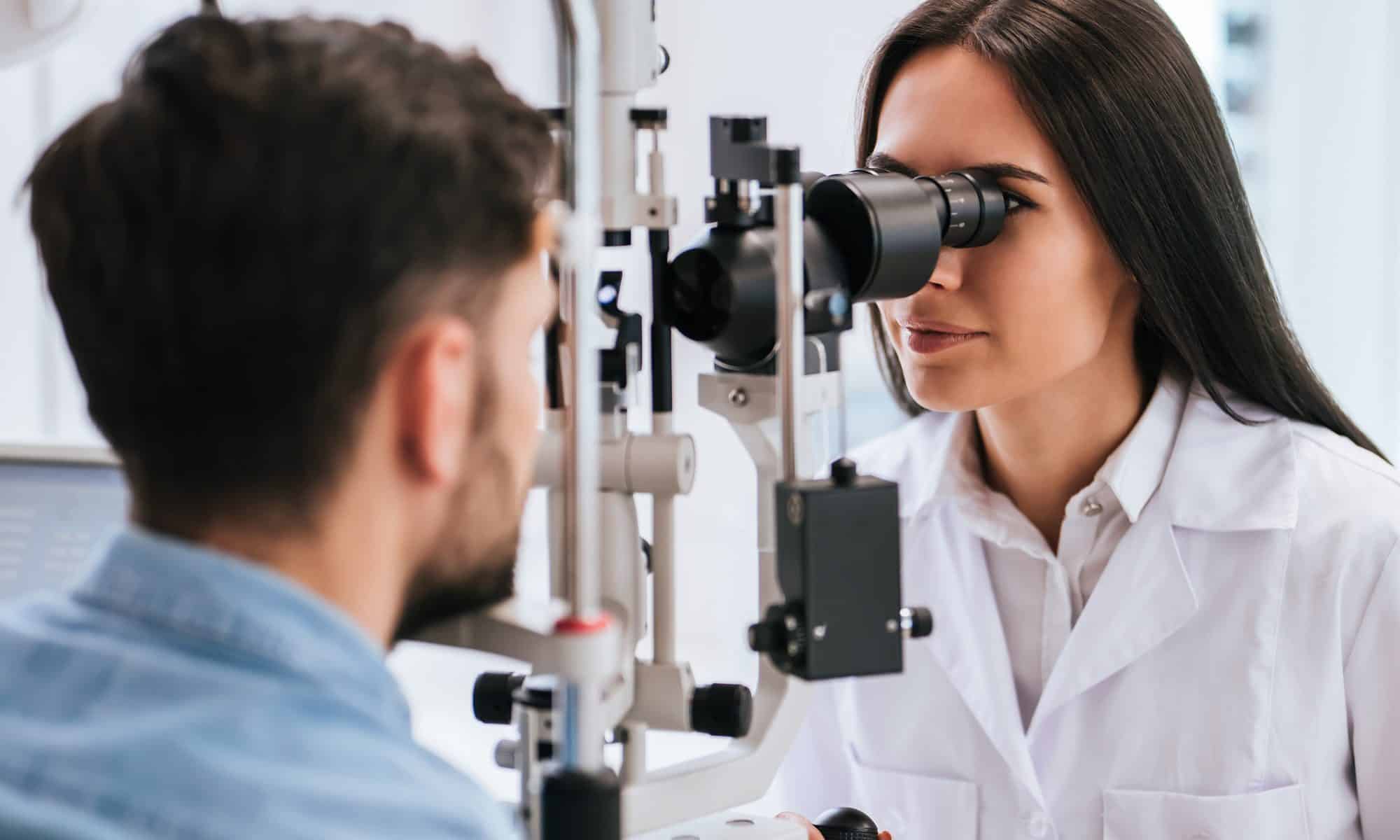If you’re interested in pursuing a career as a professional commercial driver in Nevada, obtaining a Commercial Driver’s License (CDL) is the first step towards achieving your goal. This comprehensive guide will walk you through the process of getting your CDL, from meeting eligibility requirements to passing the necessary exams. Let’s dive into the essential details that will help you navigate the path to becoming a licensed commercial driver in Nevada.
CDL Eligibility Requirements:
Before embarking on your journey to acquire a CDL in Nevada, it’s crucial to meet the eligibility requirements. You must be at least 18 years old to apply for a CDL and 21 years old if you intend to drive interstate. Having a clean driving record and an existing Nevada driver’s license are also essential prerequisites.
CDL Classes and Endorsements:
Understanding the different CDL classes and endorsements is vital for tailoring your qualifications to the type of driving job you aspire to have. CDL classes categorize vehicles based on size and type, while endorsements grant additional driving privileges for specialized tasks. Check out our guide on “CDL Classes and Endorsements” to gain further insights into these classifications.
DOT Physical Exam:
To ensure safety on the road, passing a Department of Transportation (DOT) physical exam is mandatory for obtaining or maintaining a CDL. This medical evaluation is conducted by an authorized officer to assess your overall health and abilities necessary for operating a commercial vehicle. Learn more about the requirements and purpose of the DOT Physical in our dedicated blog post.
CDL Written Test and Commercial Learner’s Permit (CLP):
Obtaining your CDL involves more than just practical driving skills. You’ll also need to pass a written knowledge test covering road safety, commercial driving regulations, operating heavy vehicles, and passenger transportation standards. To help you prepare, you’ll first acquire a Commercial Learner’s Permit (CLP), which allows you to practice driving under specific rules on public roads.
Read more about Commercial Learner’s Permit.
CDL Training and Education:
After obtaining your CLP, enrolling in a reputable CDL school is essential to receive the necessary training and skills. RTDS Trucking offers comprehensive programs with experienced instructors and state-of-the-art facilities to prepare you for a successful career in the trucking industry. Their training includes both classroom instruction and practical hands-on training to ensure you become a competent and safe commercial driver.
Learn more about our programs.
Pre-Trip Inspection and Driving Exam:
Passing the pre-trip inspection and driving exam is crucial to obtain your CDL license. The pre-trip inspection evaluates your ability to diagnose and correct vehicle deficiencies, while the driving exam assesses your competence in handling a commercial vehicle in various traffic and road conditions. Practice diligently and stay confident to increase your chances of success.
How to Get a CDL in Nevada: Step-by-Step Process:
- Study the Nevada Commercial Driver’s License Manual.
- Take the written General Knowledge Test at a Full Service Office of the Nevada Department of Motor Vehicles (DMV).
- Obtain a Commercial Learner’s Permit (CLP) after passing the written test.
- Practice driving with a qualified CDL holder for about two weeks or more.
- Schedule and pass the in-vehicle inspection, basic control skills, and road tests at a DMV service office.
- Upon successful completion, you will be granted a full commercial driving status, and your CDL journey will be complete!
Detailed guide on getting CDL in Nevada.
Conclusion:
Becoming a licensed commercial driver in Nevada requires dedication and preparation. By understanding the eligibility requirements, CDL classes, endorsements, and the steps involved in obtaining your CDL, you’ll be well-equipped to embark on a successful career in the trucking industry. Remember to study diligently, practice extensively, and stay confident throughout the process. Safe driving and best of luck on your journey to becoming a professional commercial driver!




